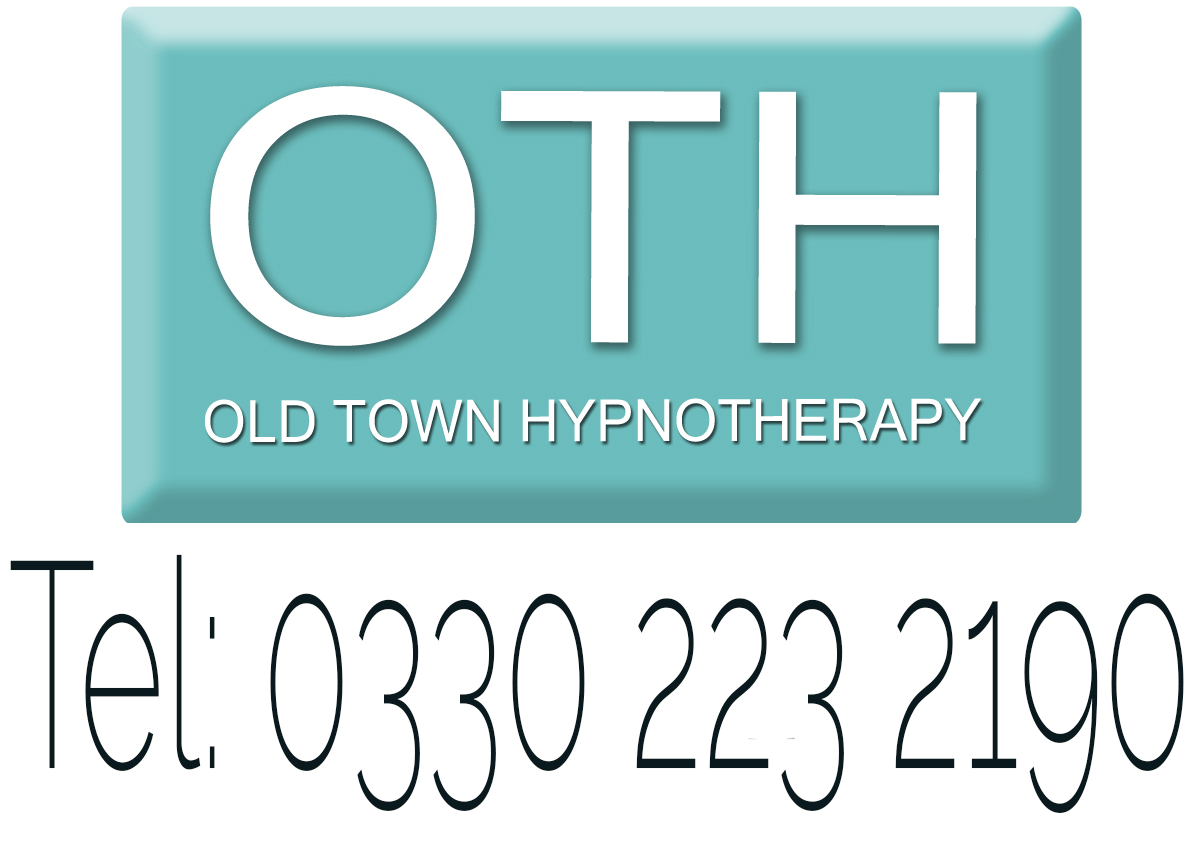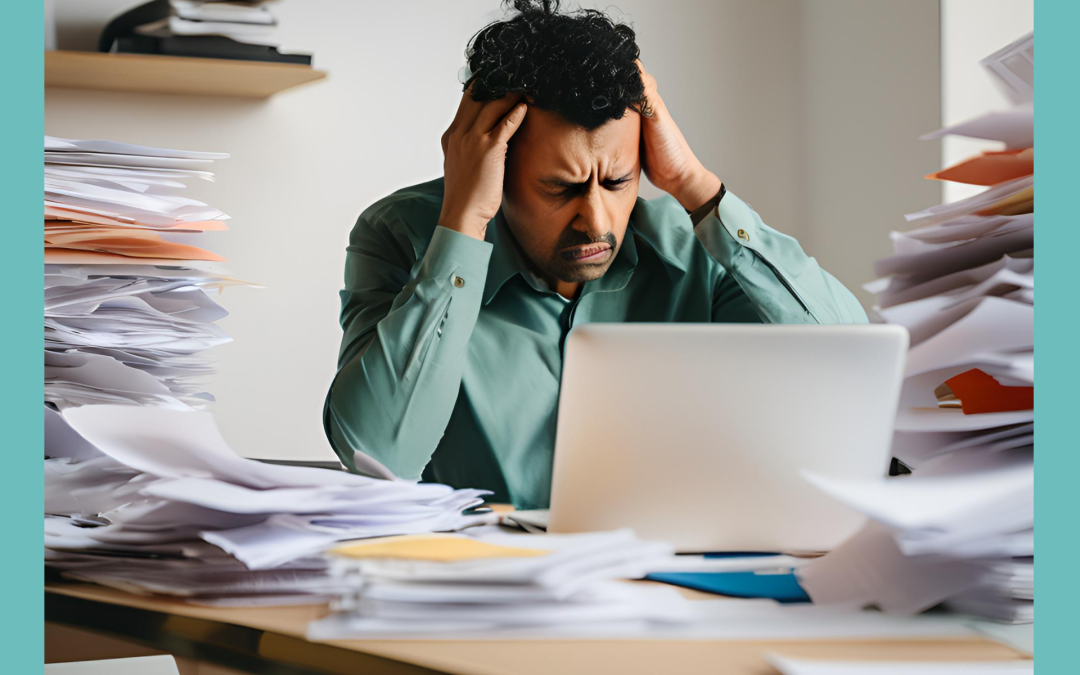The Difference Between Good Stress and Bad Stress
Stress is a natural part of life that can have both positive and negative effects on our mental, emotional, and physical well-being. The difference between “good stress” and “bad stress” largely hinges on the way stress is perceived, managed, and the physiological responses it triggers in our bodies. Understanding this distinction can empower us to harness stress for positive outcomes and mitigate its negative impacts on our health.
Good Stress: Eustress
Good stress, also known as “eustress,” is the type of stress that can motivate, energise, and improve our performance. The term “eustress” comes from the Greek root “eu,” meaning “good” or “well.” Eustress is typically short-term, arises from situations that are challenging but within our capacity to handle, and often leaves us feeling accomplished, satisfied, or even euphoric.
Characteristics of Eustress
- Motivation and Focus: Eustress usually results from challenges that require us to push ourselves but that we feel we can overcome. Examples include preparing for a big presentation, taking on a new project, or participating in a competition. This type of stress can increase motivation, enhance focus, and help us strive toward our goals.
- Goal-Oriented: Eustress often occurs when we are working toward something meaningful, which provides us with a sense of purpose and direction. Because we believe in the value of the task, we view the stress associated with it as worthwhile.
- Excitement and Anticipation: The challenges associated with eustress can spark a sense of excitement and anticipation. For example, planning for a wedding or going on a first date can create positive feelings of exhilaration that encourage personal growth.
- Improved Performance: In moderate doses, eustress can actually improve cognitive performance. The pressure associated with positive stress can help us think more quickly, make better decisions, and stay alert.
- Physiological Responses: When experiencing eustress, our bodies release hormones like adrenaline and cortisol in controlled amounts, leading to increased energy and focus. After the challenge passes, these hormone levels drop, returning us to a state of relaxation.
Examples of Eustress
- Preparing for an athletic event or competition
- Starting a new job or taking on a challenging project
- Giving a public speech or presentation
- Learning a new skill or pursuing a hobby
- Going on an exciting trip or adventure
Eustress encourages growth, development, and positive adaptation, contributing to our overall resilience. When we successfully navigate eustress, it builds confidence, teaches us to handle challenges, and improves our ability to manage similar situations in the future.
Bad Stress: Distress
In contrast, bad stress, or “distress,” refers to negative stress that overwhelms our capacity to cope and leads to adverse effects on our health and well-being. Distress often stems from situations that feel out of control, prolonged, or too intense to handle. Rather than feeling motivated or excited, people experiencing distress may feel anxious, helpless, or exhausted.
Characteristics of Distress
- Feelings of Overwhelm and Anxiety: Distress often makes us feel overwhelmed or as if we’re not capable of handling the demands placed upon us. This can create intense anxiety or a sense of dread.
- Sense of Helplessness or Lack of Control: Unlike eustress, which involves challenges we believe we can manage, distress often arises from situations that seem uncontrollable or unpredictable, such as financial problems, work overload, or chronic illness.
- Chronic Nature: Distress is often prolonged, which wears down our physical and mental resources over time. Chronic stress can lead to burnout, anxiety disorders, and other health issues.
- Negative Impact on Health: Distress activates the body’s fight-or-flight response and leads to an overproduction of stress hormones like cortisol and adrenaline. Chronic exposure to these hormones can suppress the immune system, increase blood pressure, and lead to serious health problems, including heart disease and diabetes.
- Reduced Performance: Unlike eustress, which can enhance focus and productivity, distress typically has the opposite effect. When overwhelmed by stress, cognitive functions decline, making it harder to concentrate, make decisions, or think clearly.
Examples of Distress
- Facing prolonged financial struggles or unemployment
- Dealing with a difficult relationship or going through a divorce
- Managing a chronic illness or physical pain
- Experiencing grief or loss of a loved one
- Coping with high demands at work without adequate support
When distress becomes chronic or unresolved, it can lead to various mental health issues, such as depression, anxiety, and burnout. Over time, this kind of stress can deplete our energy, reduce our resilience, and increase susceptibility to illnesses.
The Science Behind Good and Bad Stress
When we face a stressor, the hypothalamus in our brain signals the adrenal glands to release stress hormones, including adrenaline and cortisol. These hormones temporarily increase our heart rate, sharpen our focus, and prepare our bodies for action. However, while eustress involves a temporary spike in these hormones, distress can lead to continuous release of cortisol and adrenaline, which can have damaging effects on health.
Studies have shown that chronic exposure to cortisol can impair cognitive functions, weaken the immune system, and increase inflammation. In contrast, brief episodes of eustress, such as those experienced during moderate exercise or challenging but manageable tasks, can stimulate brain function, improve memory, and reduce the risk of mental health disorders.
Finding Balance: Managing Good and Bad Stress
Understanding the difference between good and bad stress is essential for managing stress in a way that enhances rather than harms our well-being. Here are a few strategies to foster eustress while mitigating distress:
- Set Realistic Goals: Setting clear and achievable goals can turn potential stressors into positive challenges. Breaking down large tasks into smaller, manageable steps can also prevent feelings of overwhelm.
- Practice Mindfulness and Relaxation Techniques: Techniques such as deep breathing, meditation, sel hypnosis and yoga can reduce the physiological impact of stress and help the body return to a relaxed state after a challenging event.
- Cultivate Resilience: Building resilience through self-care, adequate sleep, regular exercise, and positive relationships can help us handle both good and bad stress more effectively.
- Seek Social Support: Having a strong support network can buffer the negative effects of distress. Talking with friends, family members, or a therapist can help us feel more in control and reduce feelings of isolation.
- Practice Positive Thinking: By viewing stress as a tool for growth rather than as a threat, we can reduce the likelihood of distress and enhance the benefits of eustress. Research has shown that people who view stress positively are more likely to experience it as motivating rather than debilitating.
The difference between good stress and bad stress lies in our perception and management of stressful situations, as well as the impact stress has on our mental and physical health. Eustress encourages growth, motivation, and enhanced performance, while distress can lead to anxiety, health problems, and impaired functioning. By understanding and managing stress effectively, we can harness its positive aspects and minimise its negative effects on our well-being.
We offer complimentary hour-long initial consultations at Old Town Hypnotherapy. If you are in distress, please reach out.

